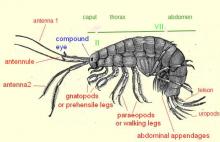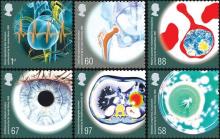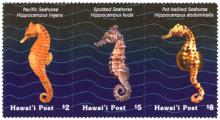Macro-Invertebrate Decline in Surface Water Polluted with Imidacloprid: A Rebuttal and Some New Analyses
Imidacloprid, the largest selling insecticide in the world, has received particular attention from scientists, policymakers and industries due to its potential toxicity to bees and aquatic organisms. The decline of aquatic macro-invertebrates due to imidacloprid concentrations in the Dutch surface waters was hypothesised in a recent paper by Van Dijk, Van Staalduinen and Van der Sluijs (PLOS ONE, May 2013). Although we do not disagree with imidacloprid's inherent toxicity to aquatic organisms, we have fundamental concerns regarding the way the data were analysed and interpreted. Here, we demonstrate that the underlying toxicity of imidacloprid in the field situation cannot be understood except in the context of other co-occurring pesticides. Although we agree with Van Dijk and co-workers that effects of imidacloprid can emerge between 13 and 67 ng/L we use a different line of evidence. We present an alternative approach to link imidacloprid concentrations and biological data. We analysed the national set of chemical monitoring data of the year 2009 to estimate the relative contribution of imidacloprid compared to other pesticides in relation to environmental quality target and chronic ecotoxicity threshold exceedances. Moreover, we assessed the relative impact of imidacloprid on the pesticide-induced potential affected fractions of the aquatic communities. We conclude that by choosing to test a starting hypothesis using insufficient data on chemistry and biology that are difficult to link, and by ignoring potential collinear effects of other pesticides present in Dutch surface waters Van Dijk and co-workers do not provide direct evidence that reduced taxon richness and abundance of macroinvertebrates can be attributed to the presence of imidacloprid only. Using a different line of evidence we expect ecological effects of imidacloprid at some of the exposure profiles measured in 2009 in the surface waters of the Netherlands.










